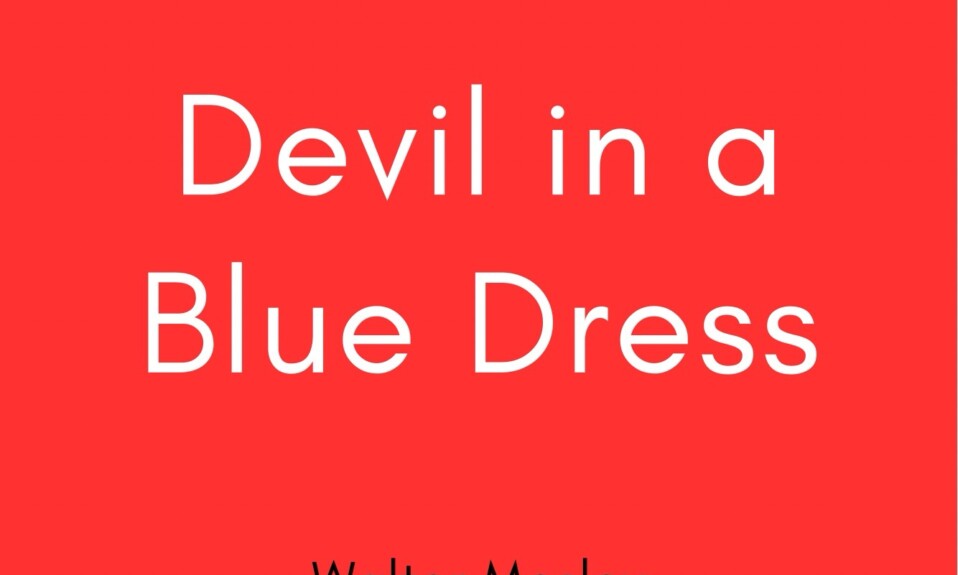
Overview: A Dual Timeline Thriller
Charlie Donlea’s Twenty Years Later (2021) intertwines past and present in a gripping crime thriller. TV journalist Avery Mason reopens the cold case of Victoria Ford, a woman accused of murder before dying in the 9/11 attacks. Partnering with disgraced FBI agent Walt Jenkins, Avery uncovers a web of secrets linking Victoria’s case to her own traumatic past. Donlea masterfully explores trauma, journalistic ethics, and the blurred line between truth and justice, crafting a narrative where personal demons and professional ambitions collide.
Chapter-by-Chapter Analysis [ Twenty Years Later ]
Chapter 1: Setting the Stage
- Plot & Themes:
Avery, a true-crime TV host, takes on Victoria Ford’s case to revive her show’s ratings. Walt Jenkins, a former FBI agent battling alcoholism, is coerced by the FBI to spy on Avery, whose father, Garth Montgomery, is a fugitive financier. - Key Themes:
- Ethics in Journalism: Avery’s struggle to balance truth with sensationalism (“hook[ing] viewers”) mirrors modern debates about media responsibility.
- Trauma’s Legacy: Avery’s unresolved guilt over her brother Christopher’s death and Walt’s PTSD from a botched case haunt their motivations.
- Literary Techniques:
Donlea introduces unreliable narrators—Avery’s hidden identity and Walt’s addiction—to foreshadow moral ambiguity.
Chapter 2: Truth vs. Perception
- Plot & Themes:
Walt reinvestigates Victoria’s alleged murder of Cameron Young, relying on forensic evidence (blood, urine, and a BDSM tape). Avery, however, leans on Victoria’s final voicemails to her sister, Emma, claiming innocence. - Key Themes:
- Sexual Prejudice: Detectives weaponize Victoria’s BDSM lifestyle to frame her, reflecting societal bias against “deviant” sexuality.
- Media Exploitation: Flashbacks to 2001 show tabloids painting Victoria as a “killing dominatrix,” paralleling Avery’s temptation to sensationalize her story.
- Symbolism:
The BDSM whip becomes a metaphor for misjudgment—Walt sees violence; Avery sees consensual play.
Chapter 3: Unpacking Trauma
- Plot & Themes:
Avery’s fractured relationship with her fugitive father and Walt’s betrayal by his FBI partner, Meghan, drive their emotional walls. - Key Themes:
- Survivor’s Guilt: Avery’s anger at Christopher (“Goddamn you”) contrasts with her lingering love for her father, showcasing trauma’s complexity.
- Redemption Quest: Walt’s sobriety struggle mirrors his desire to rectify past failures, both personal and professional.
- Character Arcs:
Avery’s journalistic shift—from ratings-driven storytelling to nuanced truth-telling—signals her growth beyond her father’s shadow.
Chapter 4: Trust Betrayed
- Plot & Themes:
Avery discovers Walt’s FBI ties, fracturing their budding romance. Meanwhile, evidence reveals Victoria planted her own DNA to frame herself, complicating the case. - Key Themes:
- Institutional Corruption: The FBI’s manipulation of Walt and buried evidence (by DA Maggie Greenwald) critique systemic failures in justice.
- Moral Gray Areas: Avery’s decision to air Garth’s arrest for catharsis blurs lines between journalism and vengeance.
- Pivotal Scene:
The BDSM tape’s reanalysis—Avery notices Victoria’s “playful” demeanor—challenges Walt’s assumptions, underscoring subjective truth.
Chapter 5: Catharsis and Consequences
- Plot & Themes:
Avery orchestrates Garth’s arrest while smuggling Christopher to safety. Walt reconciles with his past by aiding Avery, and Victoria’s posthumous confession reveals her guilt. - Key Themes:
- Redemption Through Truth: Avery’s broadcast of Garth’s arrest becomes a public reckoning, while Victoria’s novels hint at her twisted justice.
- Cycle Breaking: Walt’s hand-hold with Avery symbolizes tentative trust, contrasting their earlier betrayals.
- Twist Ending:
Victoria’s confession—she killed Cameron and framed herself—exposes how truth can be weaponized, leaving audiences questioning justice’s feasibility.

Why This Thriller Resonates Today
- Media Ethics: Reflects modern concerns about “true crime” exploitation and clickbait journalism.
- Trauma Representation: Avery and Walt’s arcs mirror real-world struggles with PTSD and familial betrayal.
- Sexual Stigma: Critiques societal judgments against non-normative sexuality, relevant in ongoing debates about consent and privacy.
Final Takeaway:
Twenty Years Later is more than a whodunit—it’s a provocative exploration of how trauma distorts truth and whether redemption is possible in a world where justice is never blind.
Explore More:



